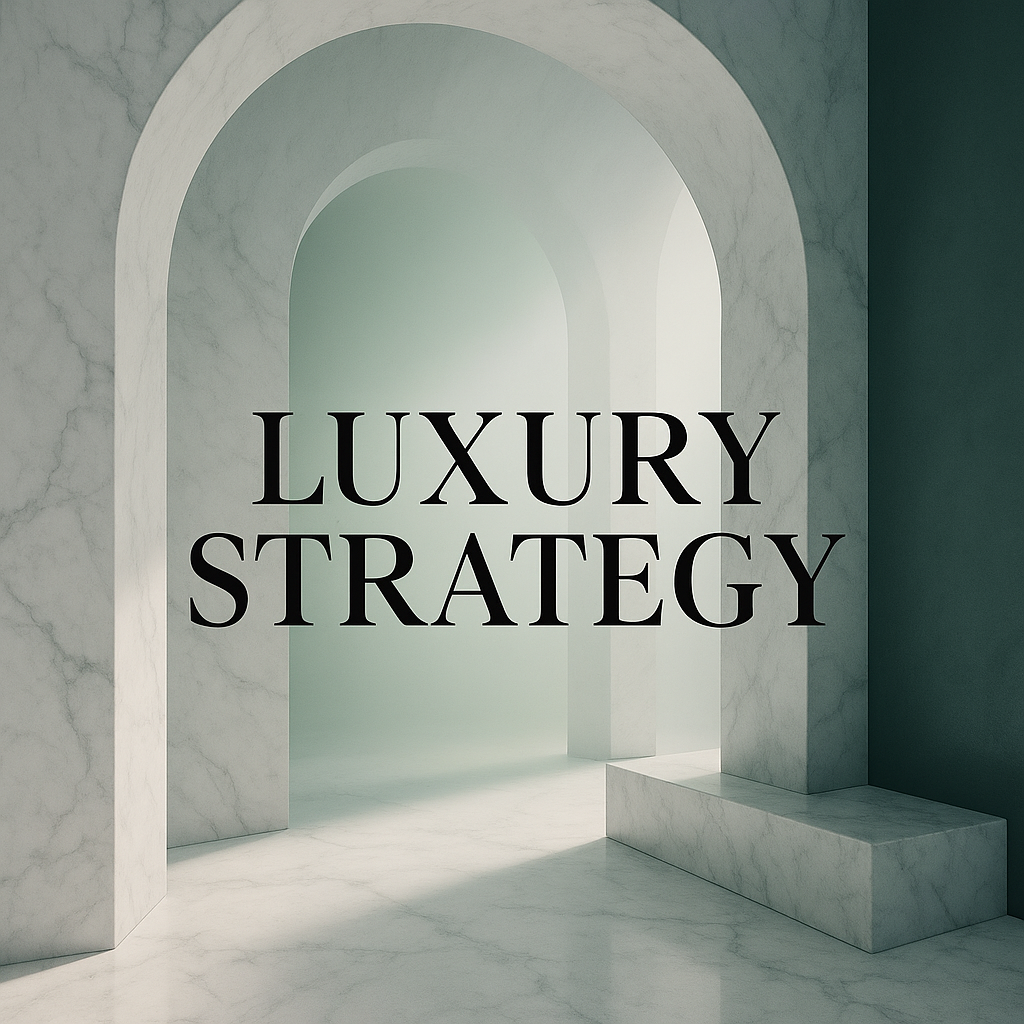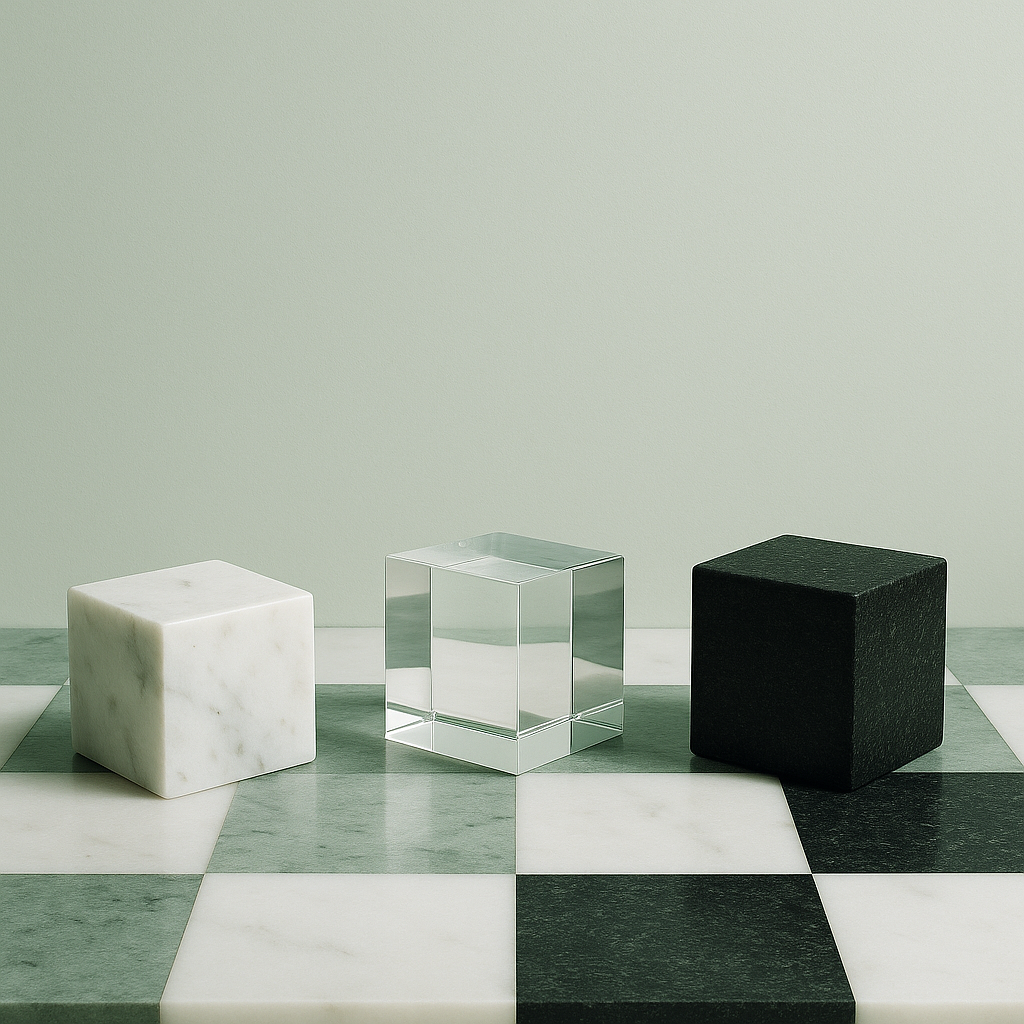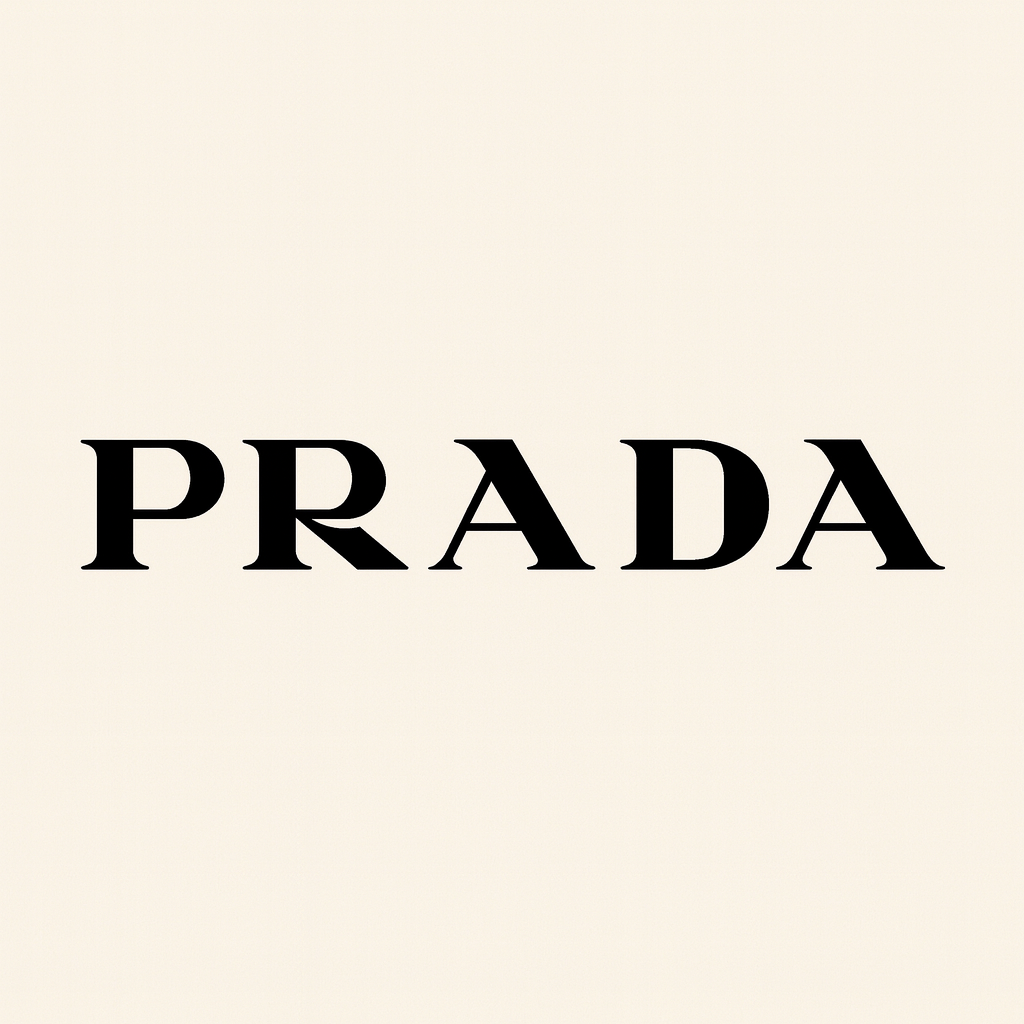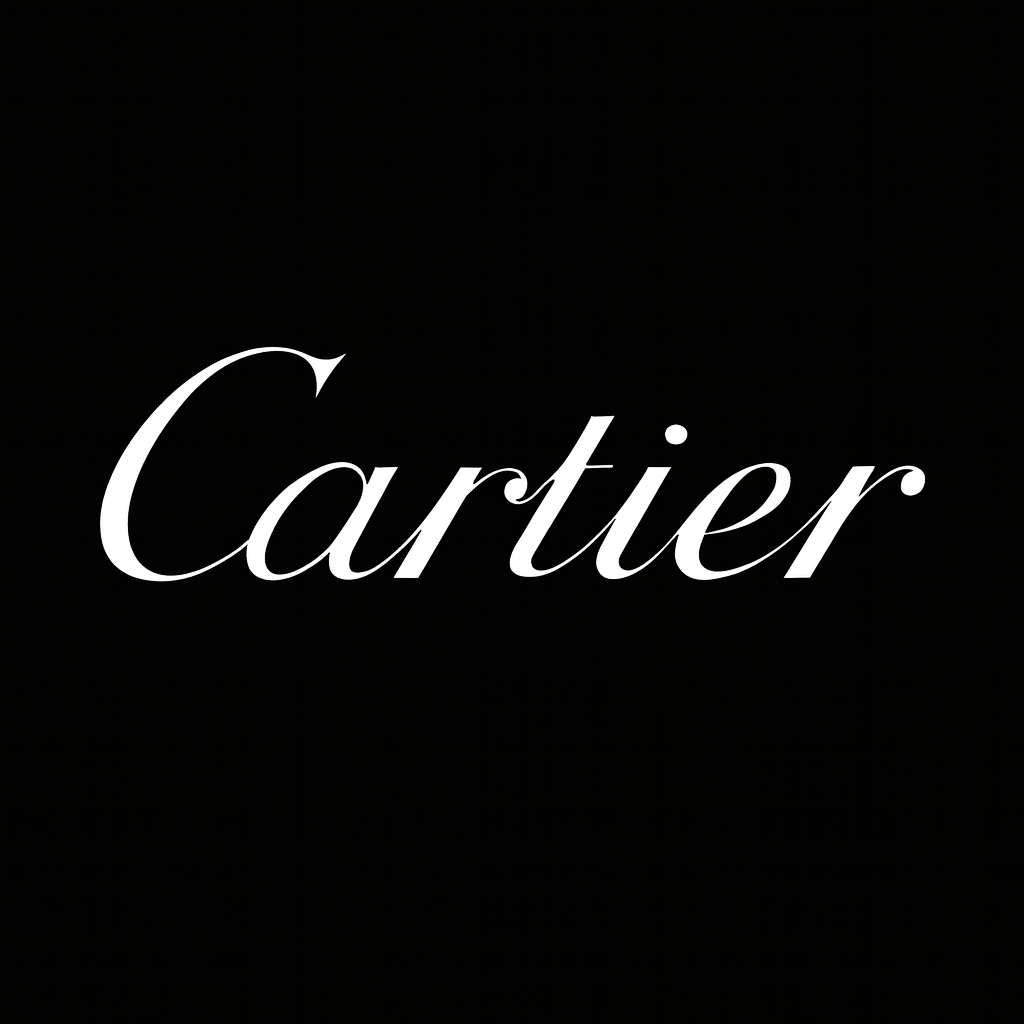
Luxury Strategy (Part 2)
In my previous blog, I talked a bit about building a luxury brand and discussed some of the strategies and techniques that luxury brands use in their work.
That luxury brands do not chase positioning and place themselves beyond the usual game of competition. That luxury brands are supply-driven, not demand-driven. That luxury brands do not want to sell their products to everyone, and that a luxury brand must never be greedy for growth. And last point was about how a luxury brand advertises to everyone, even to people who are not its customers.
In this blog, we want to go over a few more principles about how luxury brands are built.
The Goal of Advertising Is Not Sales
For non-luxury products, the purpose of advertising is usually to quickly increase sales. In their ads, they often explain the advantages of the product, and sometimes even at the end of the ad they directly tell you: Visit our store and buy this product.
Luxury products, however, do not advertise this way. In luxury advertising, the purpose is purely to increase awareness of the brand. They aim to communicate luxury, uniqueness, and distinction to their audience. That’s why, when you look at a luxury car ad (for example, Rolls-Royce) you won’t see technical specifications, purchase offers, or any attempt to push you toward buying.
Kapferer, in his book, quotes the American CEO of BMW to complement this discussion:
My job is to make sure that a young man, when he sets his life goal, says: one day I must be able to buy a BMW. And I must make sure that he dreams of BMW at night.
It’s natural that an ad created with this goal will be very different from a non-luxury brand ad. That’s because regular brands, right after an advertisement, must generate sales and ensure the ad directly impacts buying. This idea of “dream-building through advertising” is what sets luxury brands completely apart.
A Luxury Brand Must Appear As Expensive As Possible
Luxury is not meant for everyone. The price of a luxury product is enough to signal exclusivity, and ideally, the price should seem higher than it actually is.
For example, imagine a luxury brand offering bags priced between 2k to 5k. Ideally, when people see the bag, they should think it costs around 5k (or even more), not 2k. A luxury brand must point directly to its highest price in advertising, or at least emphasize the “price ceiling” by showcasing its most expensive product.
Of course, luxury brands generally avoid playing the pricing game too openly. Instead, they prefer to show their audience that their worth is beyond price tags.
When a brand like Renault advertises its cars, they don’t just announce their prices but even highlight that taxes are included in the final cost: clearly aiming to position themselves as affordable and transparent. By contrast, in a Rolls-Royce advertisement, you’ll never see a price comparison. Instead, you’ll see a subtle line like: “Every collection needs a Rolls.”
The Price of Luxury Products Increases Over Time
Even in an economy that’s stable & inflation is super low, luxury brands still gradually raise their prices over time. A luxury product is not meant to boost sales volume. Instead, its growth and profitability strategy is tied to continually increasing its prices.
This approach strengthens the brand’s image in the minds of consumers, also current buyers feel more satisfied. Why? Because they don’t see the brand lowering prices or discounting products, which would otherwise undermine its prestige and value.
Of course, we also know that many luxury brands offer introductory products alongside their more expensive ones. For example, brands like Montblanc or S.T. Dupont sell lighters or pens at relatively accessible prices, while still offering their high-priced main collections. But the core revenue of luxury brands does not come from these introductory products. Instead, these entry-level goods serve the role of ambassadors: they give more people the chance to own a piece of the brand, to nurture their aspiration, and to develop a long-term connection that could one day lead to purchasing the more exclusive items.
Luxury Brands Don’t Use Celebrities for Advertising
Kapferer suggests that luxury brands should not use stars and celebrities in their advertising.
The philosophy of luxury is that the brand itself must stand above everyone else. Using celebrities in ads risks making the brand look smaller or dependent; like it needs the borrowed shine of a star to elevate itself. Kapferer emphasizes that if a luxury brand does want to highlight individuals, they should focus on figures who are beyond conventional actors and celebrities. In other words, people who are already icons of culture or history, whose presence does not make the brand seem like it is hanging onto someone else’s fame.
A good example of this is a Louis Vuitton ad featuring Gorbachev. Gorbachev is someone who played a significant role in modern history. By choosing him, the brand positioned itself far above what it would have if they had simply used a Hollywood actor or a football player.
Be Careful with Consultants
Kapferer warns luxury brands to be cautious about following the advice of consultants and MBA graduates. A keyword in the consulting world is Best Practice. Consultants identify the most successful methods in one industry and then recommend those same methods to other businesses. The problem is that by listening too much to consultants, companies start to resemble one another more and more. And this is precisely the opposite of the philosophy of luxury, which is about uniqueness and distinction.
Kapferer defines it clearly: “Consultants inject the deadly poison of mediocrity into businesses”
Most of consultants and MBA graduates look up to practices in mass retail or FMCG (Fast-Moving Consumer Goods): industries where the focus is on volume and constant turnover. These logics are fundamentally at odds with the spirit and essence of luxury. Retail seeks to satisfy the customer’s tastes. But a luxury brand seeks to educate the customer’s taste and shape it. Luxury, unlike retail, is not about chasing today’s trends. It’s about creating the classics of tomorrow.
For example, when a luxury brand like Lancôme forgets that it is a luxury brand and starts copying the techniques of a mass-market brand like Nivea (which belongs to the FMCG sector), it should not expect to maintain its position as a true luxury brand in the long run.
So, I hope by now, you fully understood the rules of Luxury branding. If we want to build truly timeless brands, we need the courage to resist convention; and the patience to let desire grow.
Building a luxury brand isn’t just for products or services! if you’re building a personal brand, the same principles apply. It’s a fascinating topic, and I might write more about it for you all soon.
By
July 3, 2025
.png)
.png)



